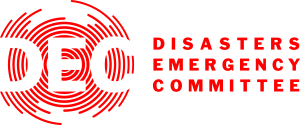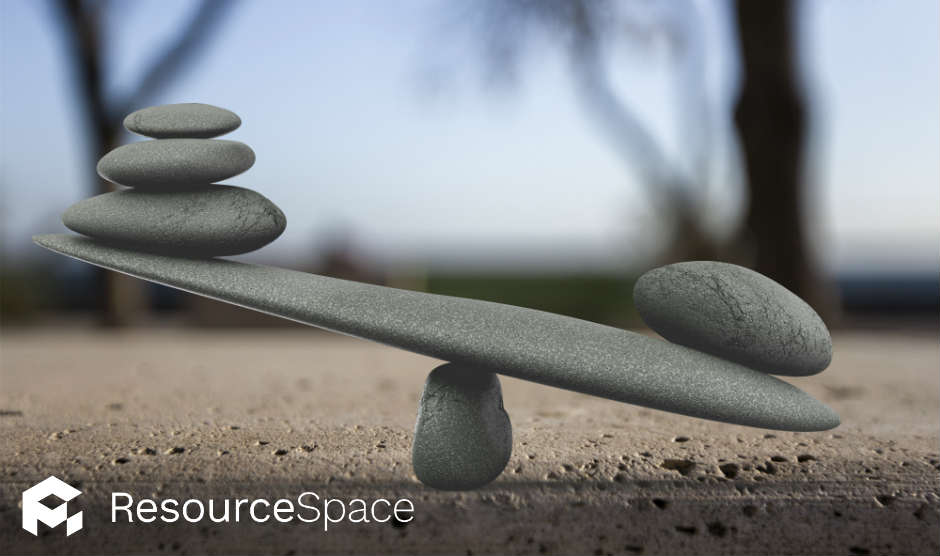
ResourceSpace has changed the way the DEC uses content, making it much easier for us to quickly make assets available both internally and externally during our emergency appeals.
Blog
31st October 2019

"I am looking for free digital management software, will Google Drive work?"
With so many asset storage solutions available it can sometimes feel like an impossible task to choose which software is the right one for your company.
In this blog post we will be weighing up the features of a paid digital asset management (DAM) system and Google Drive as a free alternative.
If you are short on time, jump to our DAM and Google Drive comparison chart.
Google Drive is a cloud-based collaboration and storage tool. Teams can easily work from one place across multiple devices, making it a great solution for creating, sharing and accessing documents. It is also one of the most inexpensive options, with the first 15 GB of storage you use being free.
Google Drive can be a powerful solution to manage assets such as photos, videos, and brand guidelines if you are a small company with a limited amount of assets and users.
However, if you are responsible for thousands of digital assets and users that have different access requirements, Google Drive becomes more and more difficult to manage. This is where digital asset management software comes into play!
Google allows any device to access your drive as long as the user has the right login details. This means your data can be duplicated across multiple devices. If you have staff working remotely this may seem like a good idea, but this lack of control can put data security at risk.
Five million Google accounts were reportedly hacked in 2018 and, although security is continuously upgraded, the figure is not reassuring for businesses.
Administrators can't see where files have been shared - or who's shared them. Once a file is shared, access can't be revoked and if someone accidentally shares editing permissions with third parties, you'll lose even more control over what happens to your files. This could lead to issues with customer privacy, copyright usage or brand integrity.
Any changes made to your digital assets must be recorded. If unauthorised users make changes to files, either deliberately or by mistake, you may find it difficult to restore the file to its original version.
Google doesn't send notifications when new users gain access to digital assets or make changes. Edits can be viewed after they've been made, but you'll need to check these manually if they were made in 'Editing', rather than 'Suggesting', mode. If the admin shares a document with someone and allows them to edit it, the admin loses version control.
While Google makes sharing and collaborating easy, it limits your ability to enforce best practice. Tracking data usage or password changes isn't possible, and it can be difficult to identify an issue or understand how your organisation's digital assets are being used.
DAM software makes managing, storing and sharing rich media easy, while offering a huge range of invaluable features for brand managers. It is more than a collaboration and storage tool, offering greater features which help maintain brand integrity, asset consistency and quality, as well as search capability.
When it comes to a DAM and Google Drive, the difference will always be in the details of features, and here's how:
| Feature | Google Drive | DAM |
|---|---|---|
| Cost |
|
|
| Security |
|
|
| Branding |
|
|
| Content Sharing |
|
|
| Version Control |
|
|
| Searchability |
|
|
| Reporting |
|
|
For simple cloud-based file sharing tasks, Google Drive is probably all you need. However, if you need to share files securely, find assets quickly, organise them effectively and manage folders in several ways, you're going to need a DAM like ResourceSpace.
Our open source digital library includes all of the features discussed above and many more benefits, including:
What's more, the ResourceSpace software is completely free and always will be. You only pay for the storage space and our technical support. Check out our pricing plans here, or request a free trial below.
#GoogleDrive
#FreeSoftware
#CloudStorage
#BrandManagement
#Security
#Branding
#ContentSharing
#BestPractice
#IndustryNews